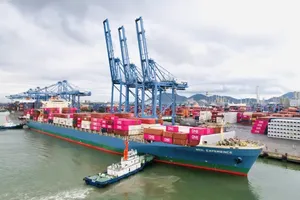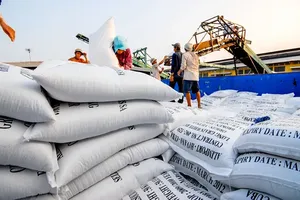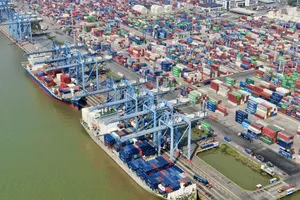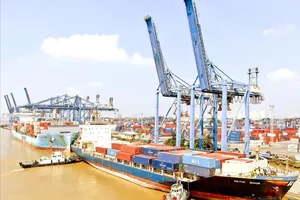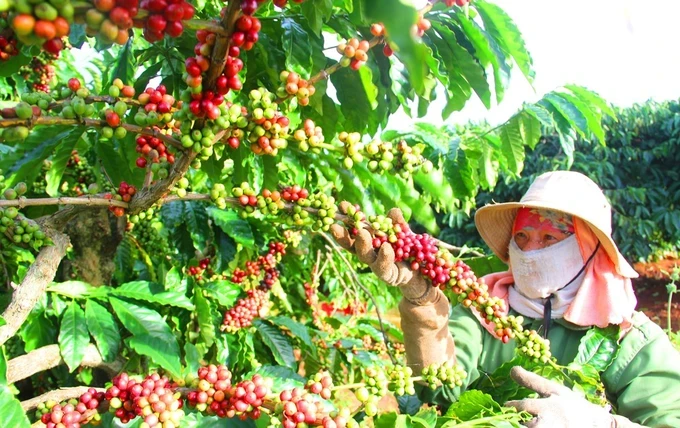
In 2023, despite a drop of 9.6 percent in coffee export amount, its export turnover still rose by 3.1 percent to reach US$4.2 billion, accounting for over 15 percent of the global coffee export market share. In the first 2 months this year, the export coffee price was at $3,146/tonne, a growth of 44.5 percent year-on-year. That helped Vietnam earn about $1.4 billion. It is predicted that in 2024, the export turnover of coffee will come to $4.6-5 billion.
Domestic prices of this produce have also been the highest in the last 30 years, at more than VND92,000 ($3.7) a kilo, which doubles last year. In addition, Vietnam coffee is now benefiting from global market factors, adverse effects of climate change and El Nino, leading to lower yield of Robusta coffee worldwide. That is not to mention Vietnam is now staying at the second position only after Brazil as to general coffee export and the first regarding the Robusta type. Vietnamese coffee has been sold in over 70 countries and territories.
With a total crop area of 710,000ha and an output of over 1.84 million tonnes, the coffee growing industry provides job for 2 million laborers in 600,000 farming households. Moreover, the coffee processing industry and coffee-related product manufacturing as well as coffee shop chains nationwide offer job for another millions of citizens. Coffee tourism and Vietnamese cuisine with coffee flavor is a unique feature that attracts tourists.
However, the coffee industry does have certain weaknesses. Vietnamese coffee is mainly exported in raw form. The coffee value chain still possesses many supply – demand inadequacies and thus becoming unsustainable.
Until now, there have been only 186,000ha with certificate, comprising 26 percent of the total surface area. Coffee production still focuses too much on natural advantages and output, but not on innovation values and brand development or sustainable green growth. As Vietnamese coffee is exported under foreign brand names, a vast amount of added value has been lost. Also, there has been no models to integrate Vietnamese coffee into tourism, fashion, cuisine, and other innovative activities.
More seriously, even when coffee prices are making new peaks, there are still coffee producers and traders facing profit loss due to a lack of market information updates.
The good news from the first batch of organic green coffee beans exported successfully to Japan has offered great chances to upgrade the value of Vietnamese produce to satisfy international standards on sustainable export.
It is necessary to classify coffee as a national product, with proper strategies to establish national brand names for this merchandise while better caring for the domestic market as well. Furthermore, inter-disciplinary collaboration is needed for a comprehensive approach to develop the coffee industry sustainably in the future.
In particular, there must be specific programs, roadmaps, and plans in order to issue growing area codes and foster capable packaging businesses to create higher added values for exported coffee. The resources of technology, AI, innovation, digital transformation must be more wisely exploited for the growth of coffee exporting.

